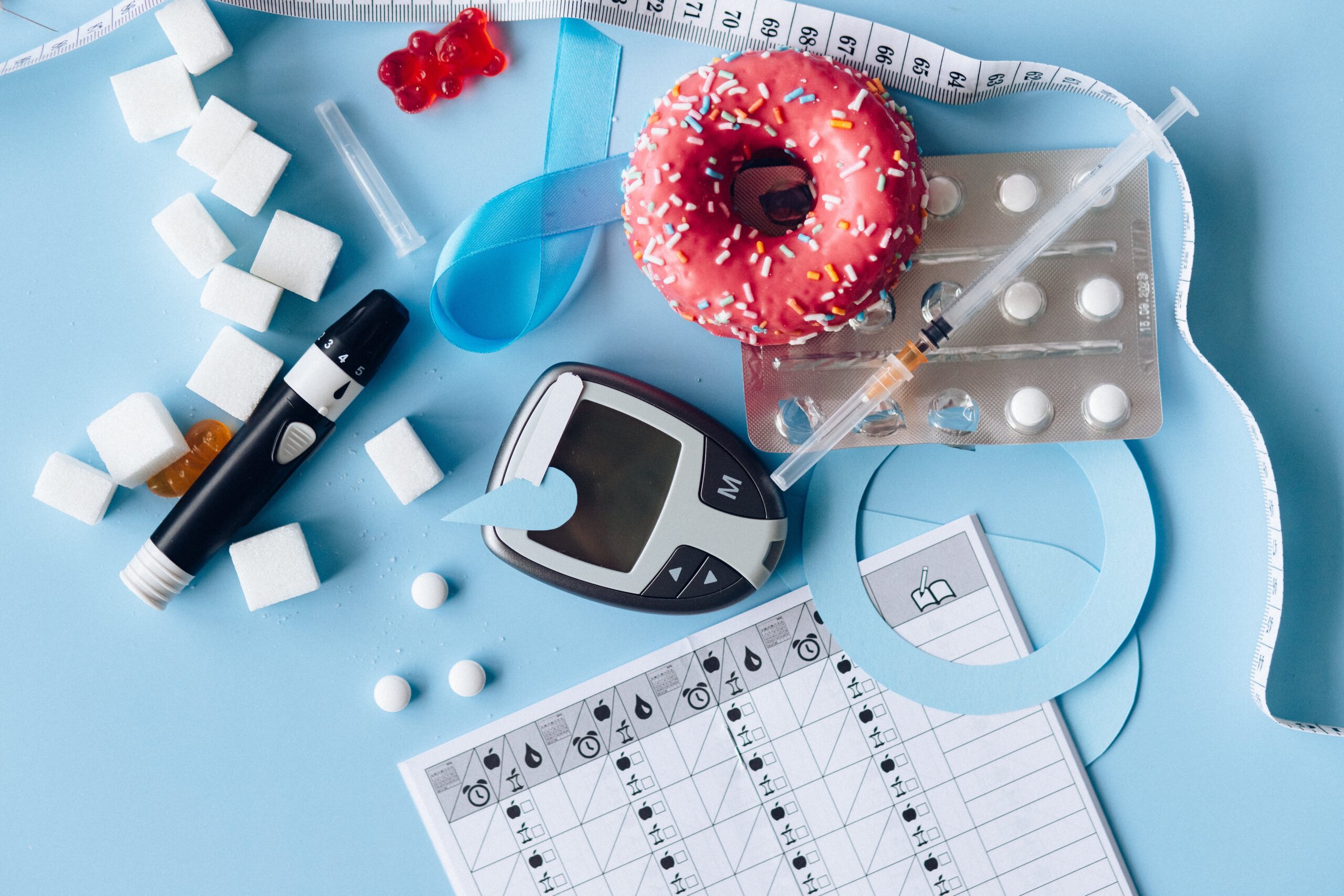
Willows, Hanley, Delormier ,Appl Physiol Nutr Metab. 2012 Feb;37(1):1-13
A child’s weight depends on access to healthy foods, safe places to be physically active, schools, parents and peers that support these behaviours (reviewed here). Most of these things are out of reach for children living in poor homes. If you live in a poor neighbourhood in the US, the rate of obesity and type 2 diabetes is ~50% higher than the wealthy neighbourhood next door. Take a minute to imagine life without enough money to buy food and the how that might change your household and your neighbourhood. Now compare that to what health professionals are asking families to achieve if their child is overweight or obese? They don’t match up.
The purpose of our most recent study was to determine if the adverse life experiences, that often accompany poverty, are independent predictors of weight gain and obesity risk in young teens. Specifically we wanted to test the hypothesis that children who experienced an adverse life event (i.e. divorce, loss of a parent, parent with a mental illness or substance abuse) would gain more weight and be more likely to be obese by 13 years of age, compared to their classmates that never experienced an adverse life event.
How did we test our hypothesis? In 2013 I was fortunate to spend time with a team of researchers in at the Economic and Social Research Institute in Dublin, Ireland that were running the largest study of the growth and development of Irish children that the Isle had ever seen. Over 20,000 children enrolled in 2007/2008 and followed for 9 years. Our team relied on data from ~7000 children that were 9 years old at study entry and ere followed until 13. We split the sample it those that had experienced an adverse life event before 9 (according to their mother’s report at the time) and those that did not. We tested for differences in weight gain, and compared rates of those who became overweight/obese, between the groups. This was the largest study of it’s kind to date, and was one of the most rigorous.
What did we find? Among the ~7000 children that were followed over 4 years, 75% had experienced some type of adverse life event and 17% experienced a very serious adverse life event. Those who experienced adverse life events were more likely to be poor, live in single parent homes and have less than healthy behaviours. After adjusting for these differences, the risk of becoming overweight increased 2-fold for children that experienced an adverse life event, compared to those that did not. This trend seemed to be worse among the teens that lived in poverty. Importantly, this trend was observed independent of how much exercise the teens were doing, their diet or their parent’s weight status (which is a proxy of their genes and their household lifestyle).
Why is this important? Science’s track record for the treatment of child obesity is abysmal. Billions of dollars have been invested in studies, which, on average, have yielded losses of 5-8 lbs. These interventions focused largely on changing diet and exercise patterns in children, without discussing the social barriers these children face. Our study shows that poverty and adverse life events, predict weight gain in teens, however no treatment efforts exist that can help teens address these profound social challenges, while simultaneously trying to lose weight. The data highlight the complexity of child obesity and challenge the medical establishment and researchers to develop strategies to overcome them.
What's New


New Training Opportunity for Indigenous Undergraduate Students


Now Recruiting Participants for a Research Study!


UM Knowledge Exchange: Type 2 Diabetes in Children


Cardiorespiratory Fitness and Physical Activity in Pediatric Diabetes


Establishing evidence for immune surveillance of β-cell senescence



